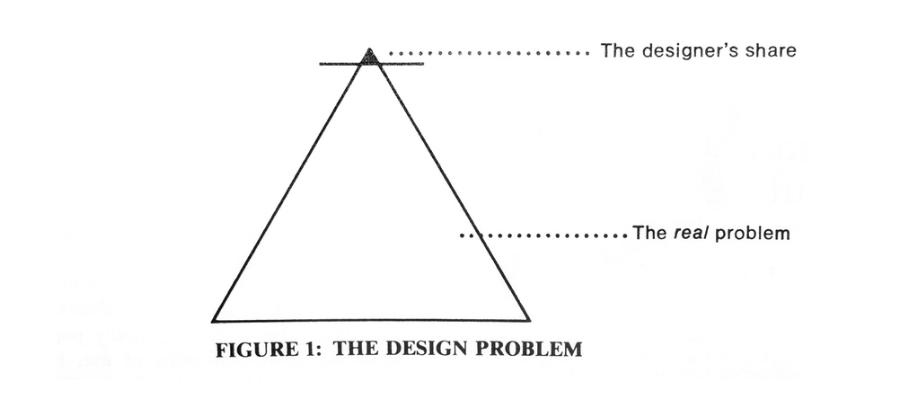“The truth is that all of the gold that was mined out of the Klondike was under Indigenous land. There was no treaty with any of the Indigenous peoples in the Yukon.”
“That land was stolen by the Canadian state and that gold was whisked away by private interests. The Federal Government only signed land claims with Indigenous peoples in the Yukon in the 1990s, but by that point, almost all the gold had been mined out of the ground.”
“The Klondike gold rush was a rolling disaster that captured tens of thousands of people. When the first European explorers came to the Americas, they came here looking for gold. In the 1890s, that lust for precious metals eventually led men to the farthest reaches of this continent.”
“Today, instead of 100,000 people descending on a small patch of land, you have large corporations digging treasures out of the ground. But the legacies these mining operations leave behind are just like what happened in the Klondike: workers with broken bodies, environmental destruction, the dispossession of Indigenous land, sexual violence. The gold rushes never stopped. They just morphed into something different.”
“Canada is not an accident or a work in progress or a thought experiment. I mean that Canada is a scam — a pyramid scheme, a ruse, a heist. Canada is a front. And it’s a front for a massive network of resource extraction companies, oil barons, and mining magnates.”

